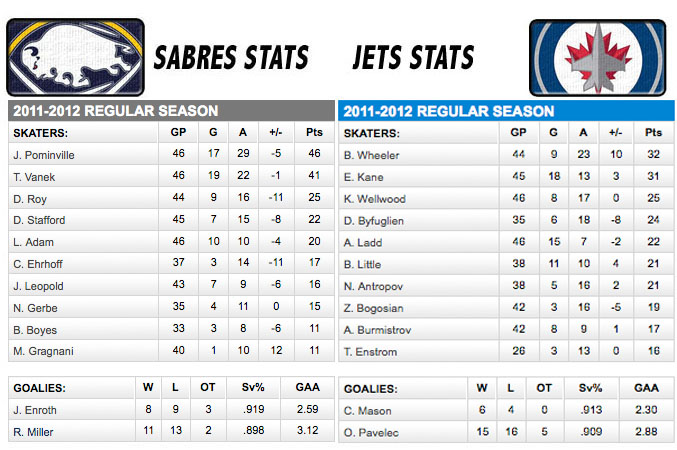The year of 1954 should be one held in reverence to all Indians fans, but just for those who don’t know their history it was the year the team broke the all time single season wins record by going 111-43 and lost in four games to the Giants in the World Series. Of course, much more happened in the season as it was a breakthrough year for baseball as a whole and particularly, real integration of Negro League athletes into Major League Baseball.
Written by Bill Madden of the New York Daily News the book, entitled 1954: The Year Willie Mays & the First Generation of Black Superstars Changed Major League Baseball Forever, outlines the year in it’s entirety with a primary focus on that integration, particularly the aforementioned Mays, who was returning from war after playing for the Giants in 1951, Larry Doby of the Indians, Hank Aaron of the Braves, Vic Power of the Athletics and Elston Howard of the Yankees. At least that’s how the book starts…
Almost exclusively early on in the book, the primary plot is the off-season and Spring Training prior to 1954, largely looking at the teams who readily integrated, like the Indians, Dodgers, Giants and Cubs and those who didn’t, like the Yankees, Orioles and Red Sox. Particular focus is placed on New York, where Power was traded just before it looked like he would make his MLB debut and Howard, who would ultimately break through as the Yankees first black player in 1955. Each of the Indians, Giants and Dodgers had four black players and those individuals would continue to get attention throughout the story as all four teams battled for a chance at the World Series all season long.
While the book isn’t told entirely chronologically (there are breaks taken to tell origin stories of players not covered in the opening), it generally follows the path of the season, with chapters alternating between the American and National Leagues. As the Giants did ultimately win the championship and had the most exciting player, Mays, more time is spent on the Giants/Dodgers rivalry than the AL side of the pennant, but it would be impossible to tell the story of 1954 without the battle between the Indians and Yankees for the pennant after New York had won the previous seven.
On the Cleveland side, there are facts in this book that every Indians fan should be interested in and even if you watched the season live, there is still much to be gained from the looks behind the scenes provided in the book. As someone who wasn’t alive at the time, I took particular interest in the parallel story lines with the current team, particularly with the city’s unhappiness with ownership and the subsequent drop in attendance. If only they would have known how much worse things could get.
Back on the integration side, Madden does a good job showing how split the country was considering racial integration. Beyond which teams integrated and to what extent, even seven years after Jackie Robinson broke the original color barrier, black players were still forced to stay in separate hotels from their teammates in some cities. This did begin to change in 1954, however, and if you read the book, you’ll find out how.
Another piece of the racial problem was an unnamed quota, where each team was supposed to have a certain amount of non-white players, but not more. The 1954 season was the first time this quota was really tested/removed when the Indians became the first team to play with an all black outfield, the Cubs the first with an all black middle infield and the Dodgers became the first team to field five black players at the same time.
In all, this book gets deeper into the racial side of Major League baseball in the 1950’s more than some of the Negro League books I’ve covered in the past for the Burning River Book Club. It does this by not only providing facts and stats, but with Madden’s interviews with the athletes who played in the 1950’s including Mays, Doby and their managers Al Lopez and Leo Durocher. Former Indians manager and at the time, Giants short stop Al Dark is also featured greatly in the book as the Giants captain and he is one of many players/writers/managers to be exonerated by Madden after being considered at least subtle racists over the years. This is not Madden coming up with excuses for the men either, but comes straight from interviews with the players from the time, including Monte Irvin, who was often at the center of any controversy thanks to his platoon role with the left handed Dusty Rhodes.
For much of the season, there is a game by game breakdown for the Indians, Yankees, Giants and Dodgers and at points even down to batter by batter and inning by inning in pivotal match-ups. When the World Series featuring Cleveland and New York finally rolled around, extreme attention to detail is paid and this is one of the best written coverage of the series I’ve seen. If you’re an Indians fan and have avoided looking at the 1954 series because the ones in 1995 and 1997 were so much more recent, I recommend buying this book just for the final 20+ pages which are exclusively about those four games. While the focus is more on the Giants, to the victors go the spoils.
For those who read the book and are wondering what the cover discussed in the epilogue looks like, I’ll include it here. It’s hard to believe how incredibly shocking it was at the time. What would those hard nosed southerners done had they seen Prince Fielder in last year’s ESPN Body magazine? That picture I will not include here.
Add The Sports Daily to your Google News Feed!


